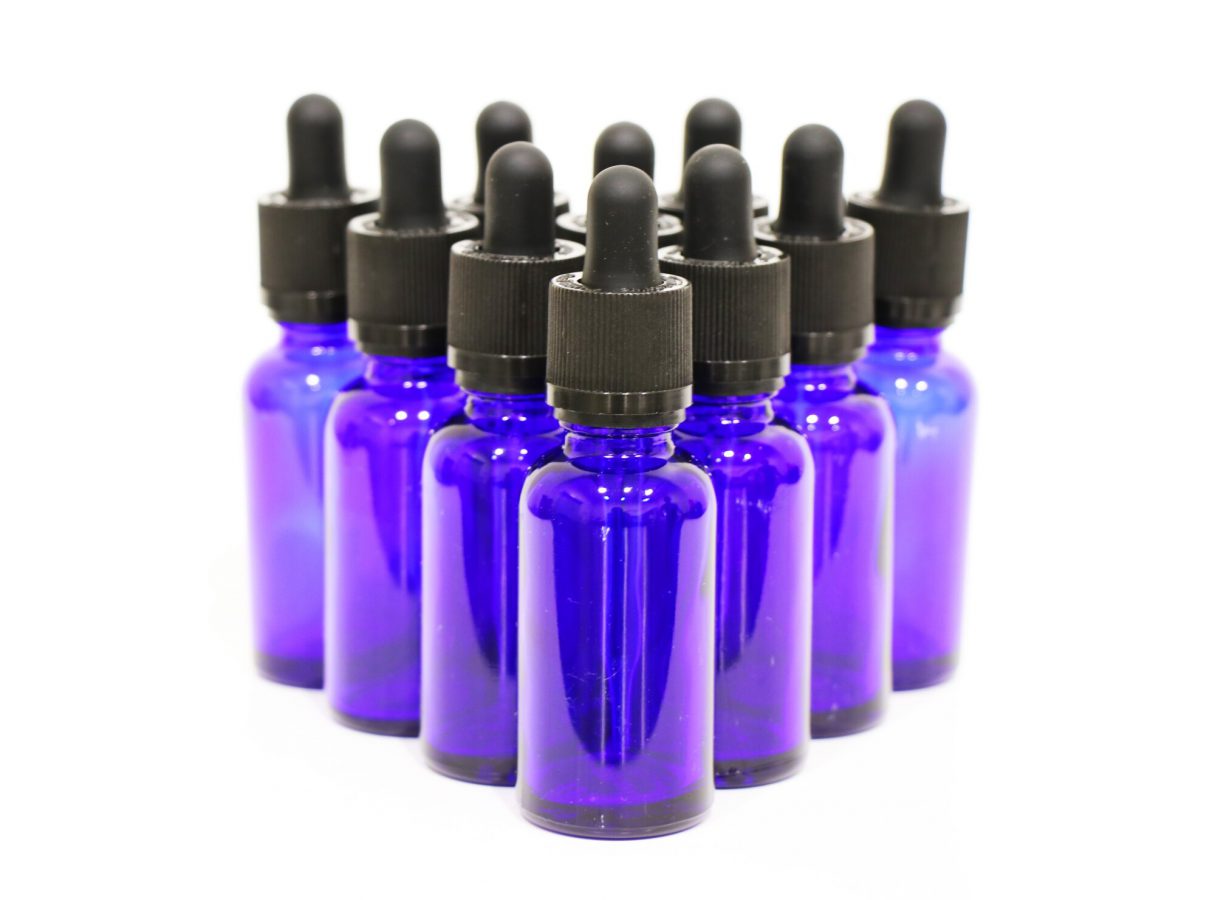Graduated droppers have a long history. From Louis Pasteur’s invention of the pipette to the CBD industry today, droppers are an important part of many industries.
How much do you know about these useful devices? When you’re looking for graduated droppers for your product packaging, you want to choose the right ones.
Find out more about graduated droppers. Learn what they’re made of, how they work, and how they can give your customers an accurate dispensing experience. You’ll know you’re making the right product choice.
What Is a Graduated Dropper?
You may see graduated droppers referred to as graduated pipettes (or pipets). A pipette is an instrument to measure and transfer liquid. A dropper gives you controlled dispensing as well.
Graduated droppers consist of a tube with a tapered tip and a bulb at the other end. The tube has graduation marks so you can measure the liquid inside. For example, the dropper could have graduation marks from 0.25 ml to 1.0 ml in 0.25 ml increments.
Graduated droppers have many laboratory and medical uses. They also have applications for home use, like dispensing eye drops, essential oils, or dyes.
What Are Graduated Droppers Made Of?
The tube of a graduated dropper is made from either glass or plastic. The first droppers were glass. The risk of breakage led to the development of plastic droppers.
Plastic graduated droppers are very versatile. You can even find acid-resistant droppers made from plastic.
However, plastic droppers aren’t suitable for use with organic solvents like acetone. These substances can dissolve the plastic.
The bulb for the dropper was traditionally made from rubber. Now they’re often made from a thermoplastic like polypropylene.
Polypropylene is durable and resists cracking. It has a high melting point. In addition, it won’t react with water, acids, or bases.
How Does a Graduated Dropper Work?
Graduated droppers work by creating a partial vacuum above the glass or plastic tube. Releasing the vacuum draws the liquid in or dispenses it.
To use a graduated dropper, squeeze the bulb and hold the tip in the liquid. Be sure not to touch the bottom of the bottle. Release the bulb to draw the liquid into the dropper.
Squeeze the bulb to dispense the liquid.
Graduated Droppers vs Volumetric Droppers
The two main types of droppers are graduated and volumetric. A graduated dropper lets you dispense different amounts of liquid using the measurement markings. A volumetric dropper dispenses a fixed amount of liquid.
Volumetric droppers are extremely accurate. They have a narrow neck, which makes the meniscus easier to read. However, you need to change droppers every time you want to measure a different volume of liquid.
Graduated droppers make it easy to work with different quantities of liquids. In addition, you have many types of graduated droppers to choose from. You have more options and more flexibility.
Different Types of Graduated Droppers
Graduated droppers come in different sizes and styles. The way you plan to use the dropper will help determine which type you should choose.
Mohr vs Serological
A Mohr dropper is a graduated dropper with calibration marks that stop above the tip. You dispense the fluid to the zero mark. A little bit of liquid will stay in the dropper.
Reading the measurement markings accurately is very important to ensure you dispense the right amount of liquid.
A serological dropper has calibration marks that go all the way to the tip. You dispense all the liquid in the dropper so that it’s empty.
Type 1, 2, and 3
Manufacturers classify graduated droppers as Type 1, Type 2, or Type 3.
Type 1 droppers have the zero point at the top and the capacity above the tip. To use a Type 1 dropper, you set the meniscus at the zero point and dispense liquid to reach the desired volume. Type 1 droppers give you partial delivery for all volumes.
Type 2 droppers have the capacity measurement at the top. To use a Type 2 dropper, you set the meniscus for the volume you want to dispense. You then discharge the liquid completely.
Type 2 droppers have full delivery for full or partial volumes.
Type 3 droppers have the zero point at the top. To use a Type 3 dropper, set the meniscus at the zero point and dispense the liquid. You can release enough to get to a lower volume mark or you can completely discharge the liquid.
Type 3 droppers give you total delivery only for the nominal volume.
Accuracy of Graduated Droppers
Graduated droppers can be quite accurate when used correctly. The United States Pharmacopeia (USP) and the International Organization for Standardization (ISO) publish standards for the accuracy of graduated pipettes.
Classes A and AS are the most accurate. For example, a Class A graduated dropper with a two ml capacity must be accurate to at least +/-0.005 ml.
Class B graduated droppers have a tolerance of two times the corresponding Class A requirement. For example, a Class B graduated dropper with a two ml capacity must be accurate to at least +/-0.010 ml.
Finding the Best Graduated Droppers
Graduated droppers are versatile instruments with a range of uses. When you need to find the best graduated droppers for your application, FH Packaging can help. We offer a range of glass and plastic droppers to meet your needs.
Options include tamper-evident seals and child-resistant opening mechanisms. You can choose from a variety of bottles that pair with the dropper you select. We offer smaller sizes like 5 ml bottles with droppers and up to larger sizes like 100 ml graduated droppers.
We’re committed to bringing you quality products at the best prices. Check out our selection of graduated droppers to find your packaging solution.

